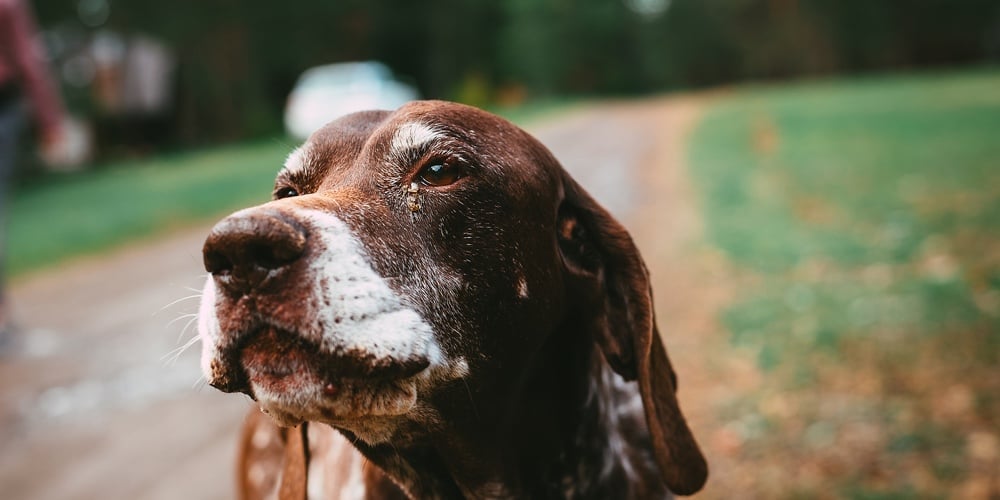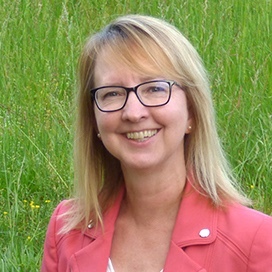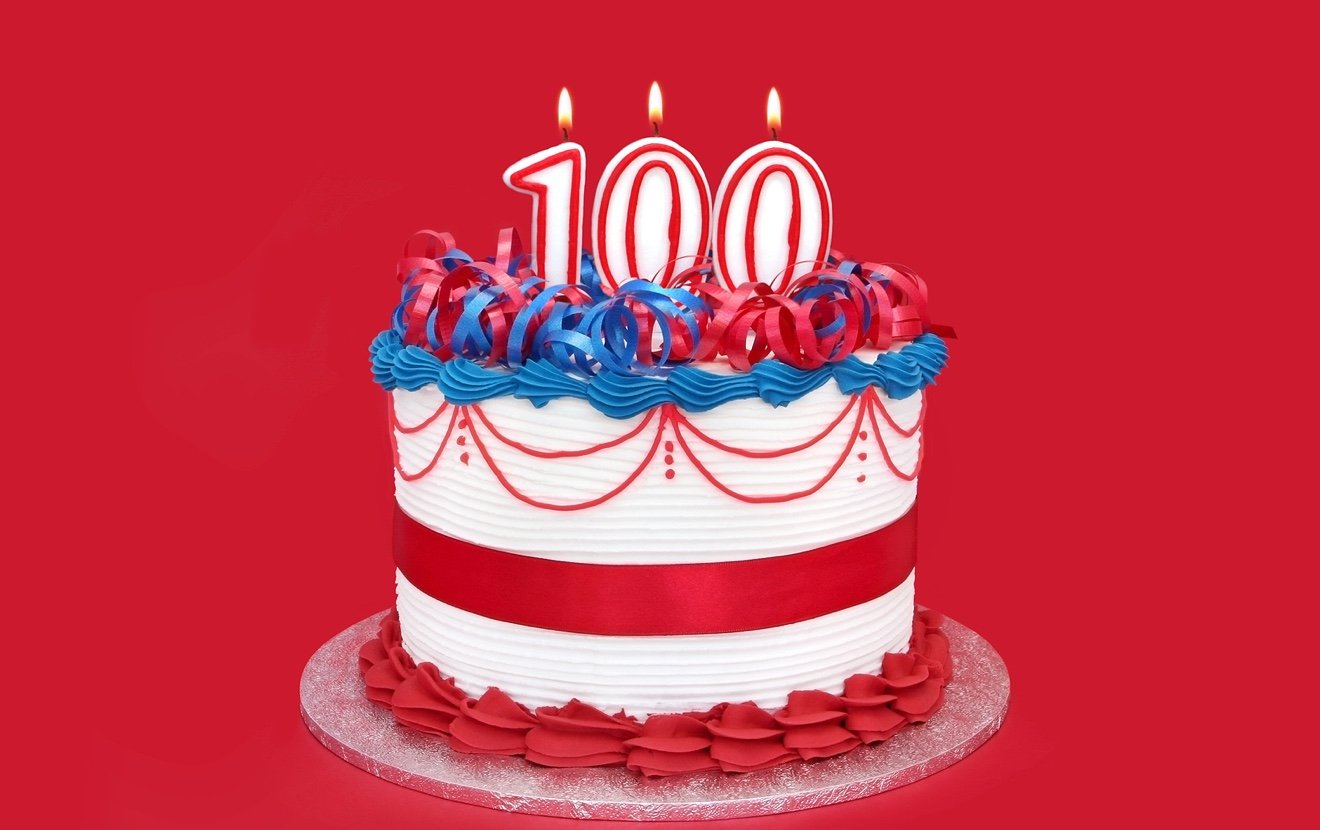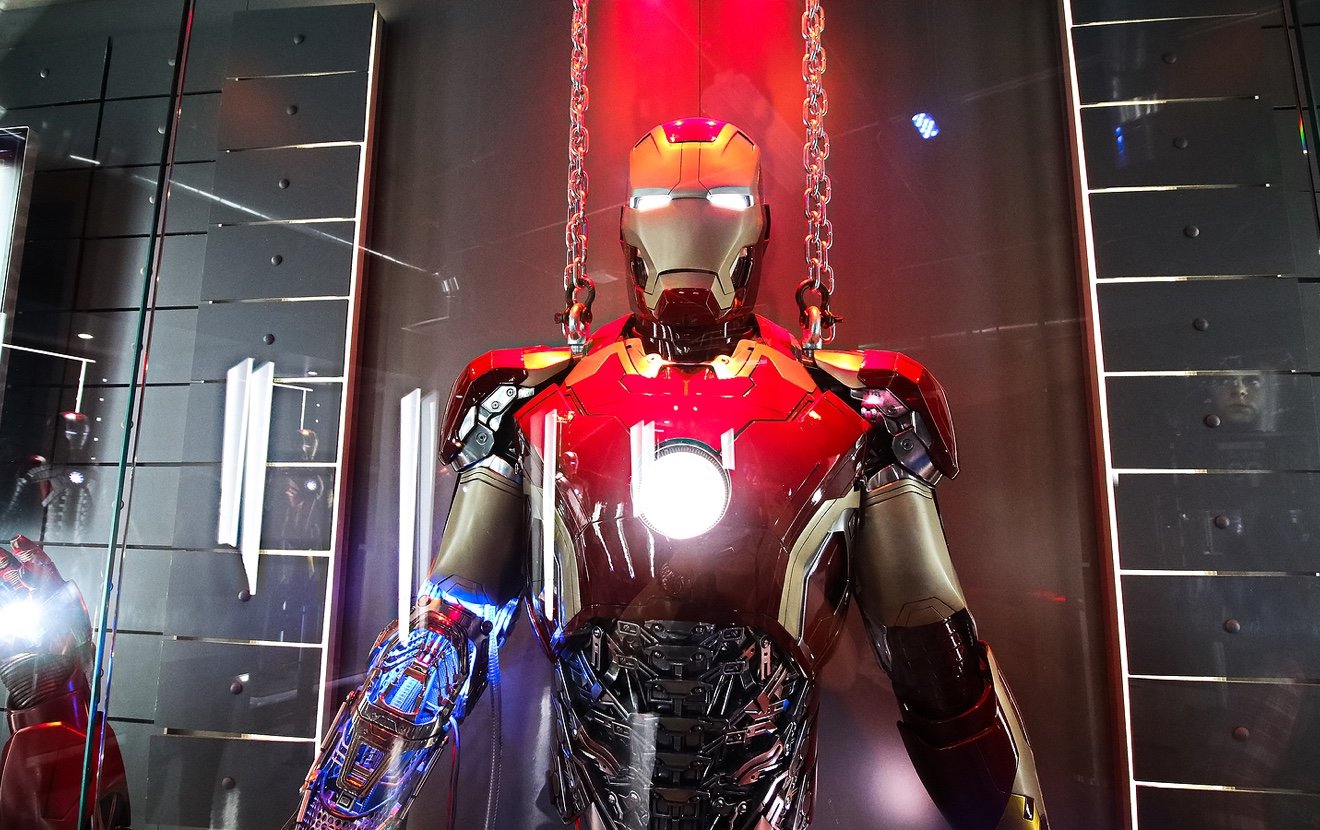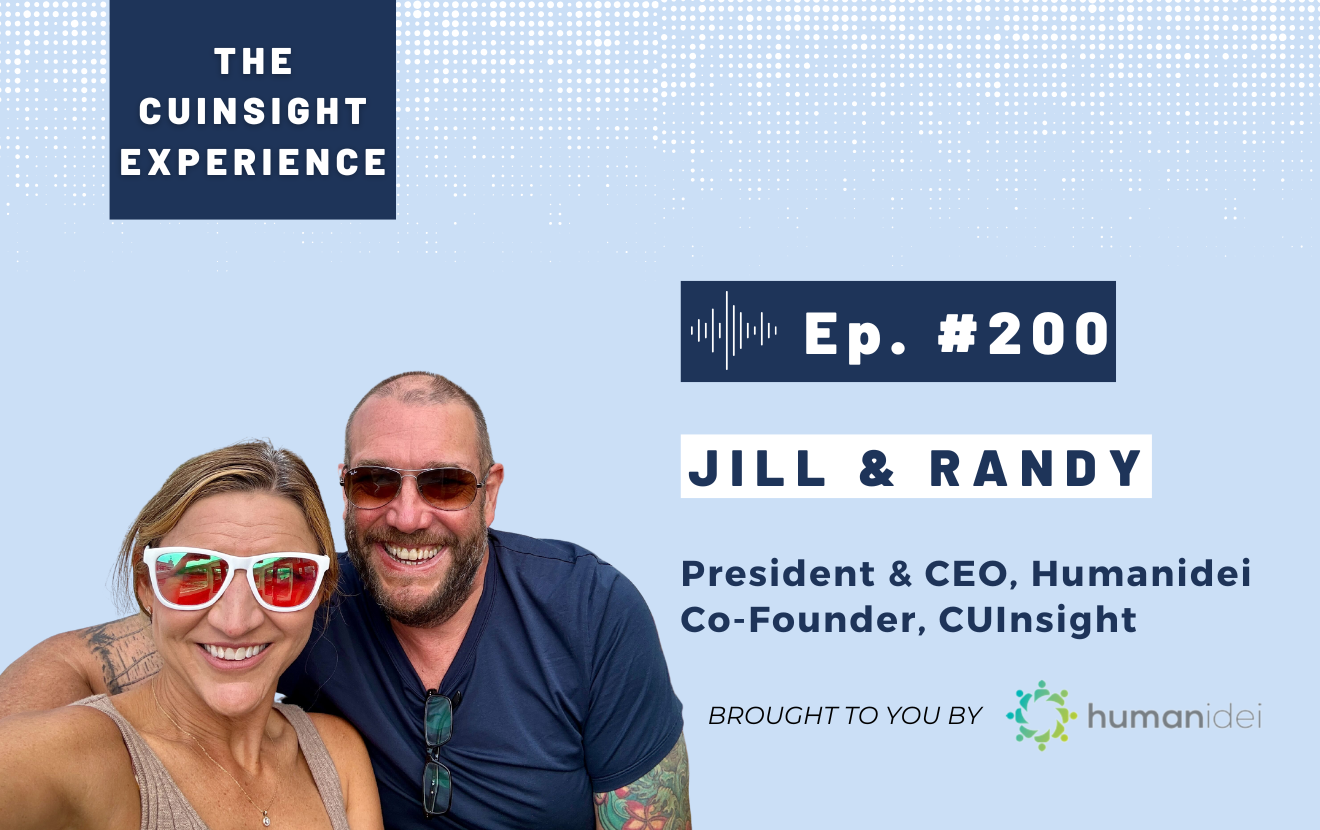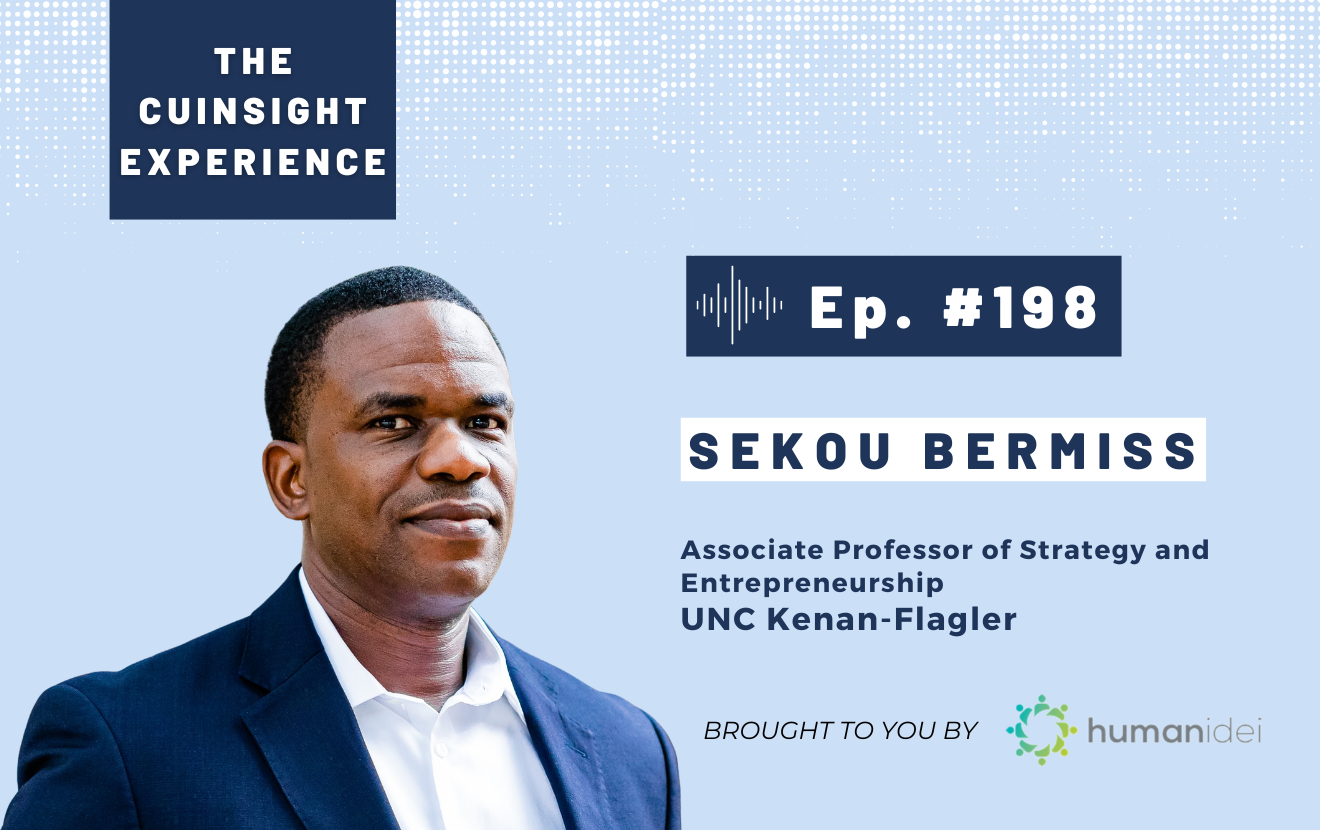Who do we turn to when we need fresh ideas? It seems our natural tendencies favor the younger workers, no doubt fueled by traditional stereotypes and cliches:
Can’t teach an old dog new tricks
He’s all washed up
I feel like a dinosaur compared to these new hires
She needs to be put out to pasture
Yet studies* show, we actually get more creative and innovative as we age. Given that we’re living and working longer, it’s high time we start fostering and embracing the creative capacities of older staff.
And it starts by looking in the mirror. Chances are, you, dear reader, are over 40. How often do you catch yourself doubting your own abilities to learn new things, contribute your wisdom, stretch your creative skills? It’s easy to just default to the path of least resistance, stay comfortable and let the younger staff bring the energy. And who can blame you, this is even a pattern researchers are seeing across a variety of organizations.
On a recent episode of “It Gets Late Early” a podcast bringing awareness to ageism, Sandy Matus, former Vice President at Textio said, “a lot of times, I see teams with individuals who are a bit older, they're assigned a lot of times some of the, what I would call, babysitting responsibilities. So they're not being asked to lean into their technical expertise. They're not being asked to lead when it comes to how do we manage change best, or how are we being innovative? They're being asked to ensure their peers who are less experienced are doing their work.”
Sandy should know. Textio is a software company researching bias in performance reviews. Their reports on how age, gender & racial bias shows up in performance reviews and in the actual work performed are astonishing.
So let’s take a closer look at what really happens to our creativity as we age and how we can lean into our own age of innovation.
Creativity and innovation defined
If you’d like to nerd out with me over the academic details discussing the difference between imagination, prospection, originality, creativity and innovation, I’m happy to jump on a call and get in the weeds as they say. But for the sake of keeping this article manageable, we’ll just look at the broad strokes of creativity and innovation.
Creativity is generally defined as bringing novel and useful solutions to problems. So yes, being creative is very different than being artistic. The creative process can be learned and applied to much more than the arts. For instance, an inventor working in their garage is creative as they develop a new product that’s an original and useful solution to a problem.
Innovation is generally defined as useful and novel solutions to problems at a larger scale. For instance, scientists are innovative when they create new and useful medicines. They are bringing their creativity to a larger scale—namely public health and business ventures.
So for our use, as we discuss the creativity and innovation of older workers, these terms are very interchangeable. We’re essentially covering the ability to generate new and useful ideas—whether it’s on the organizational side or from the perspective of the older worker.
Creativity and aging
To get to these novel and useful ideas, we often use a variety of cognitive processes. For instance, brainstorming ideas in a meeting is one type of process. Some people are great at it, some not. That doesn’t mean one person is less creative than the other. Another process our brains use to create ideas is centered around having and then using a wide and/or deep knowledge base. These are just two of about a dozen different cognitive processes associated with creativity. Some of these processes do indeed change as we age. Some get worse, but some get better!
Gets worse with age:
Speed of thinking
This is what we think of as we envision brainstorming sessions—quickly generating ideas in a structured setting. Our speed of thinking does slow down as we age.
Originality
The ‘novel’ part of the creativity equation—new & original ideas—also decreases as we age. We tend to have fewer ideas that are outside of the box.
Short-term memory
This is what most of us already recognize as an aging challenge in our parents and maybe even in ourselves, that it takes longer to remember recent events.
Mind-wandering
Also known as daydreaming, this is often overlooked as an important part of the creative process, yet provides the brain space to wander and explore possibilities. As we age, our daydreaming tends to happen less frequently.
Energy
Our brains and body start to operate in lower gears as we age unless we counteract it with exercise, nutrition and other physio aspects.
Gets better with age:
Knowledge base
Our collective expertise and experiences continue to build as we age. This can be related to specific skills and industries, but also our broader life experiences are just as important to the creative process.
Discernment
Our ability to select which solutions would be better increases as we age. There’s a great story in the reference material* that tells how Linus Pauling (chemist and inventor) was asked by a student how he was able to come up with so many good ideas. Pauling famously replied, “You have a lot of ideas and throw out the bad ones.” Discernment in action.
Long-term memory
We get better at accessing experiences from years past and then use those to inform current decisions and solutions.
Intuition
We become better at just ‘knowing’ something is the better option as we age. This is a type of implicit knowledge which has recently been shown to be just as effective as explicit knowledge (the hard facts and data we study in school and research).
Pattern recognition
All of our experiences and knowledge work together, forming patterns we more quickly recognize as we age. These patterns help us to arrive at more informed decisions and solutions to presenting problems.
How to extend our age of innovation
While it’s hard to stop nature and the organic processes our bodies and brains go through, there are ways we can enhance and improve our creativity and innovation, extending our creative contributions for years to come.
Flexibility
One complaint of older workers and leaders is they seem to be stuck in their ways. They’re seen as rigid and traditional. Those who are more flexible and willing to try different options see their creativity increase, as well as their teams’, while showing others they are indeed embracing innovation.
Diverse experiences
Along the same lines, when we intentionally engage in new experiences, we broaden our horizons and perspectives while keeping our brains more active.
Curiosity
We often hear that life-long learners are more engaged and live longer, now we have studies showing us the science behind that sentiment. When we take an interest in specific topics, industries, hobbies, skills, this curiosity fuels brain activity.
Grit
While our energy levels might decrease, we can improve our grit—the determination and perseverance to see something through. This also increases our creativity capabilities as we work to find solutions instead of just giving up.
Collaboration
As we see in so many facets of work and life, the benefits of collaboration are found in our age of innovation. Younger colleagues and their cognitive and creative abilities match up so well with older workers. And even if we take age out of it, just finding people who think and operate differently can broaden our perspectives and get that brain activity up. Look for those who might be strong where you are weak and together you’ll create a force for innovation!
Addressing ageism at the organizational level
Many of the tips shared are also excellent tools for reducing ageism at the organizational level of a credit union, maybe even your credit union. To help older workers feel like they still have a seat at the table and to help younger workers feel like their ideas are taken seriously, we all would do well to embrace and foster:
- Diverse experiences
- Curiosity
- Collaborations
- Flexibility
Let’s also foster dignity, which really boils down to seeing everyone—no matter their age, race, gender, religion, orientation—as a valued member of the workplace, community, of humankind.
By seeing each other as valued members, capable of creativity and innovation no matter what the age, we can fully explore the Age of Innovation.
